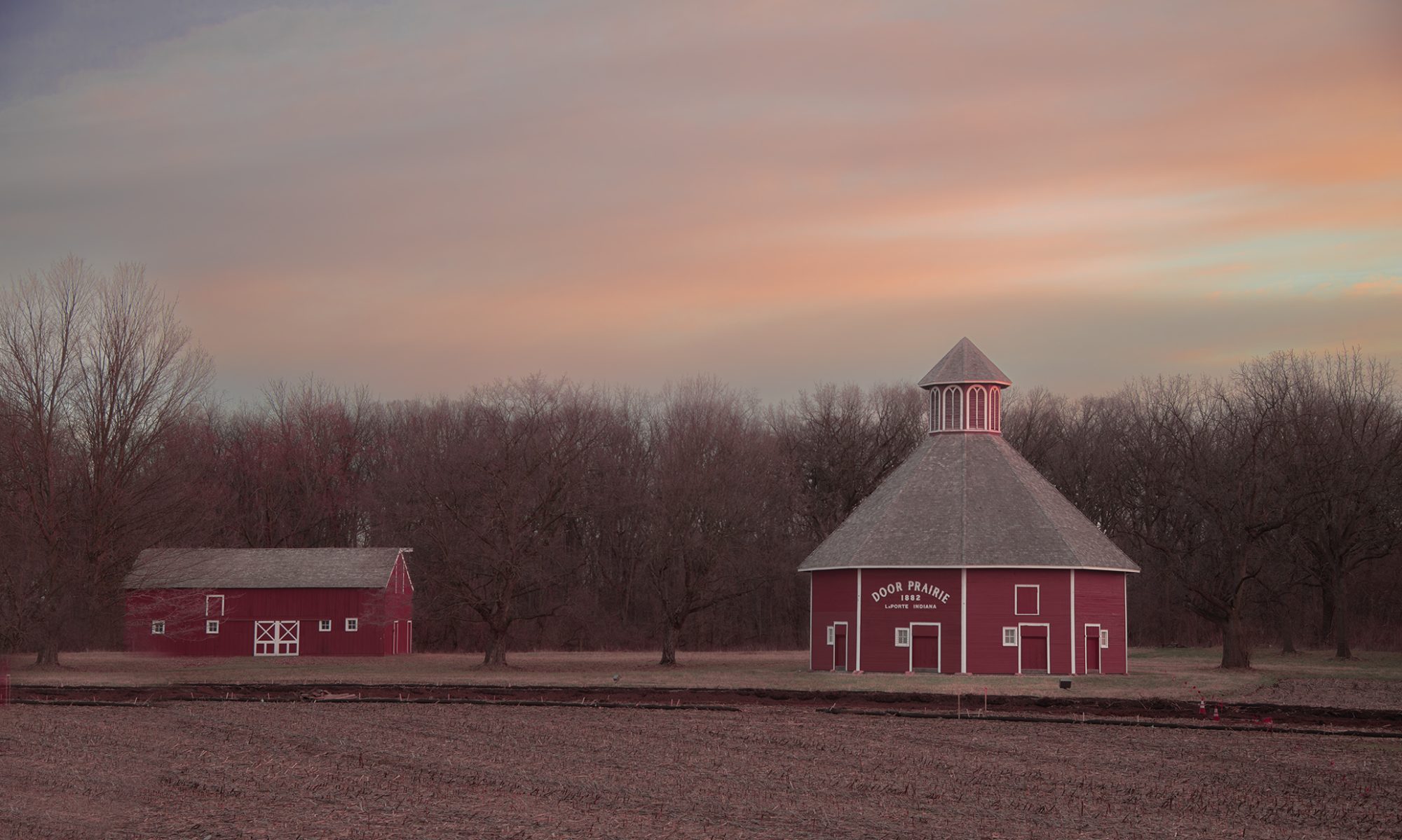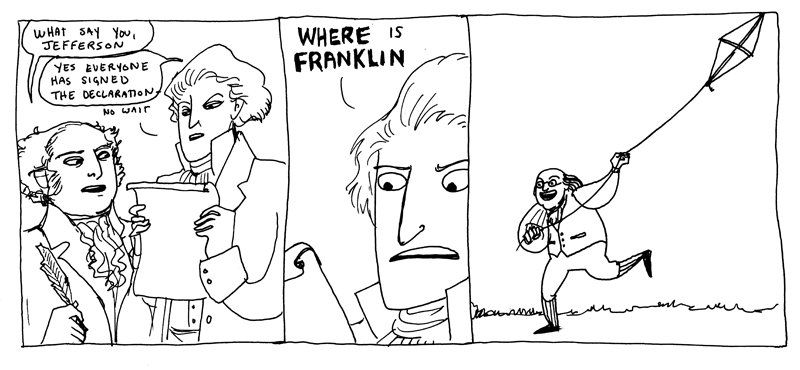According to legend, the earliest celebration of St. Patrick?s Day in America took place in Boston in 1737, when colonists of Irish descent marked the event with a modest parade.
The Boston event is often cited as the earliest celebration of St. Patrick’s Day in America, but historians as far back as a century ago would point out that a prominent Irish-born Roman Catholic, Thomas Dongan, had been governor of the Province of New York from 1683 to 1688. Given Dongan’s ties to his native Ireland, it has long been speculated that some observance of St. Patrick’s Day must have been held in colonial New York during that period, although no written record of such events seem to have survived.
Events from the 1700s are recorded more reliably, thanks to the introduction of newspapers in colonial America, and in the 1760s we can find substantial evidence of St. Patrick’s Day events in New York City. Organizations of Irish-born colonists would place notices in the city’s newspapers announcing that St. Patrick’s Day gatherings would be held at various taverns.
The British Army in New York Marks St. Patrick’s Day
In late March 1766, the New York Mercury reported that St. Patrick?s Day had been marked with the playing of ?fifes and drums, which produced a very agreeable harmony.?
Prior to the American Revolution, New York was generally garrisoned by British regiments, and it has been noted that usually one or two regiments had strong Irish contingents. Two British infantry regiments in particular, the 16th and 47th Regiments of Foot, were primarily Irish. And officers of those regiments formed an organization, the Society of the Friendly Brothers of St. Patrick, that held celebrations to mark March 17th.
The observances generally consisted of both military men and civilians gathering to drink toasts, and participants would drink to the King, as well as to ?the prosperity of Ireland.? Such celebrations were held at establishments including Hull?s Tavern and a tavern known as Bolton and Sigel?s…. from http://history1800s.about.com/od/entertainmentsport/a/stpatparade.php


St. Patrick’s Day during the American Revolution
During the Revolutionary War from about 1780-1781, my 5th-great-grandparents Richard & Frances (Fairchild) Breeden served in Gen. George Rogers Clark’s Illinois Regiment. Richard was a soldier and his wife Frances sewed clothing for the men of the Regiment.? They were stationed at the farthest reaches of the Colonies in a remote hastily built log stockade called Fort Jefferson and the adjoining civilian village of Clarksville.? It was located at the mouth of of the Ohio River in present day western Kentucky. Fort Jefferson was miles from civilization and sometimes under constant attacks by the local Indians. A log was kept about the goings on in at the fort.? In spite of their hardships, they did find occasion for revelry on St. Patrick’s Day:
March 17, 1781 Much drinking to St. Patrick’s health1.
March 18, 1781? Drinking to the health of St. Patrick’s wife1.
April 1781? Drinking continues1.
1The Personnel of George Rogers Clark’s Fort Jefferson and the Civilian Community of Clarksville, Kentucky, 1780-1781, by Kenneth Charles Carstens, page xx






